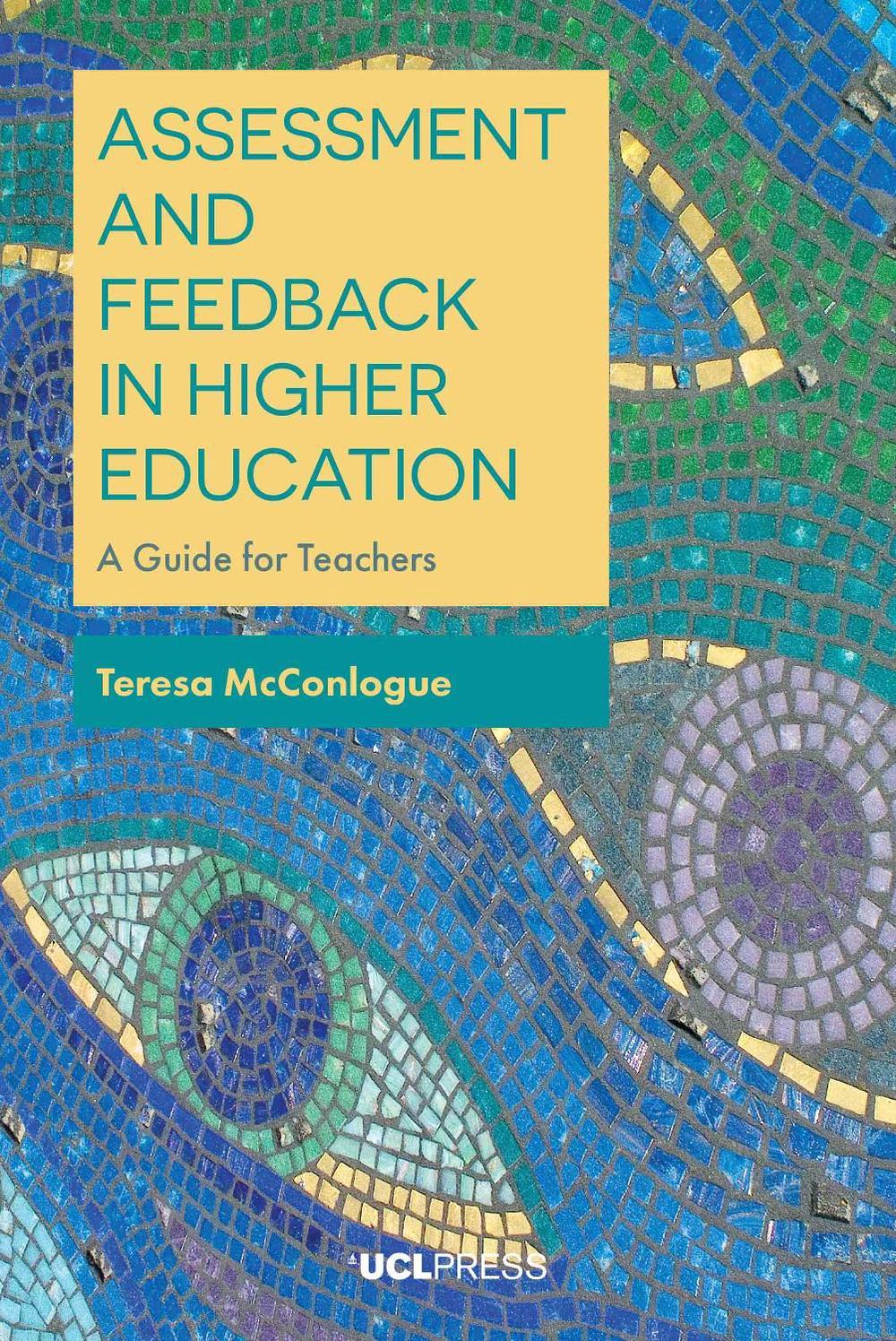
When you click on links to various merchants on this site and make a purchase, this can result in this site earning a commission. Affiliate programs and affiliations include, but are not limited to, the eBay Partner Network.
Assessment and Feedback in Higher Education: A Guide for Teachers by Teresa McCo

- Item No : 146474291990
- Condition : Brand New
- Brand : No brand Info
- Seller : the_nile
- Current Bid : US $41.43
-
* Item Description
-
The Nile on eBay

Assessment and Feedback in Higher Education
by Teresa McConlogue
Teachers spend much of their time on assessment, yet many higher education teachers have received minimal guidance on assessment design and marking. This means assessment can often be a source of stress and frustration. Offering a concise overview of assessment theory and practice, this guide provides teachers with the help they need. In education, theory and practice are often poorly linked. In this guide, Teresa McConlogue presents theoretical ideas and research findings and links them to practice. She considers recent theoretical work on feedback and suggests ways of developing evaluative judgment. Throughout the book, teachers are encouraged to examine their practice critically, and there are ideas for small-scale educational investigations, involving teachers, their colleagues, and students, such as using the Assessment Review Questionnaire to adapt assessments. This guide explores the concept of academic standards and proposes methods of co-constructing shared standards within a teaching team and with students through calibration activities.
FORMAT
PaperbackLANGUAGE
EnglishCONDITION
Brand New
Author Biography
Teresa McConlogue has worked co-operatively with higher education teachers and their students in a range of contexts and countries. She is interested in how teachers can explore and make sense of their practice through small scale, context rich investigations. She has investigated ways of involving students in assessment judgements and what teachers and students learn from collaborative assessment practices.
Table of Contents
List of figures List of tables Glossary 1. Introduction 2. Key Perspectives Part I. Designing Assessment 3. Designing Assessment for a Module 4. Designing Assessment across a Programme 5. Reaching Out Part II. Making Judgements 6. Marker Reliability 7. Peer and Collaborative Assessment 8. Giving Good Quality Feedback Part III. Inclusivity 9. Inclusive Assessment Practices 10. Conclusion References Index
Details
ISBN1787353656Pages 150Year 2020ISBN-10 1787353656ISBN-13 9781787353657Language EnglishFormat PaperbackPublication Date 2020-05-01UK Release Date 2020-05-01Imprint UCL PressPlace of Publication LondonCountry of Publication United KingdomIllustrations 2 Illustrations, black and whiteAU Release Date 2020-05-01NZ Release Date 2020-05-01Subtitle A Guide for TeachersAuthor Teresa McConloguePublisher UCL PressAlternative 9781787353664DEWEY 378.1660941Audience Professional & Vocational


-
- The Lost Super Foods
- $ 37.00
- The Self-Sufficient Backyard
- $ 37.00
- A Navy Seals BUG IN GUIDE
- $ 39.00
- Childrens Books Phonics Lot 60
- $ 34.89
















